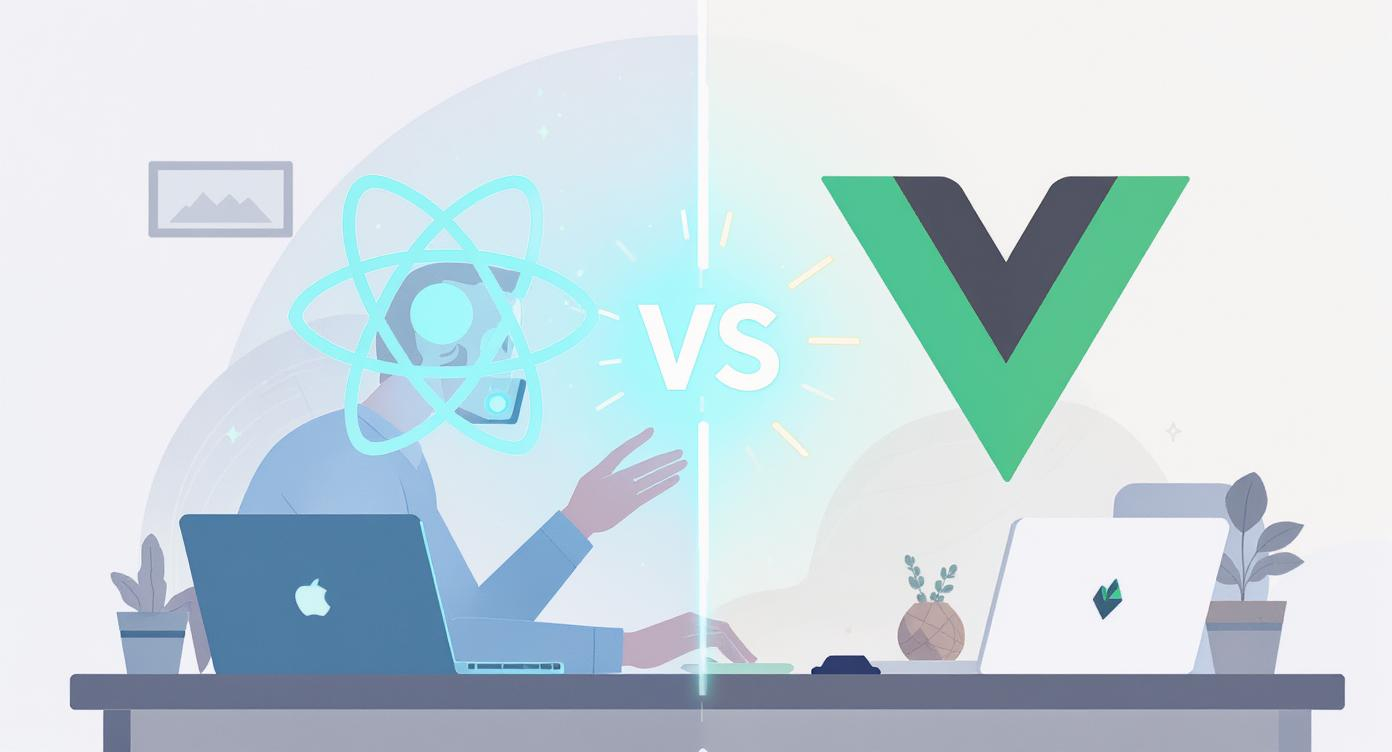
Building My First SaaS: The Real Story Behind 500+ Users and $7K MRR
Warning: This isn't another "I made $10K in 30 days" story. This is the real, messy, sometimes embarrassing journey of building my first SaaS from scratch.
The "Aha" Moment That Started It All
It was 2 AM, and I was juggling between ChatGPT for writing, Midjourney for images, Runway for videos, and three other AI tools for a client project. Each tool had different pricing, different interfaces, and different limitations.
That's when it hit me: "What if there was one platform that combined all these AI tools?"
I grabbed my notebook (yes, I still use paper) and started sketching. By morning, I had a rough idea for what would become my first profitable SaaS.
The Validation Phase (Or Lack Thereof)
Confession: I didn't validate the idea properly. I was so excited about the technical challenge that I jumped straight into building.
What I Should Have Done:
- Surveyed potential users
- Analyzed competitor pricing
- Created landing page to gauge interest
- Built an MVP in 2 weeks
What I Actually Did:
- Spent 3 days designing the perfect database schema
- Researched every possible AI API
- Built a complex architecture for a simple problem
- Started coding without talking to a single potential user
Lesson #1: Excitement about building doesn't equal market demand.
The Tech Stack Decision
Choosing the right tech stack was crucial since I was a solo developer with limited time.
My Requirements:
- Fast development (I had 2 months before semester exams)
- Scalable (optimistic, I know)
- Cost-effective (student budget = ₹0)
- Technologies I already knew
The Stack I Chose:
- Next.js: Full-stack in one framework
- TypeScript: Catch errors early (learned this the hard way)
- Prisma + PostgreSQL: Type-safe database queries
- Clerk: Authentication handled (auth is hard!)
- Stripe: Payment processing
- Vercel: Easy deployment
Week 1-2: The MVP That Wasn't So M
My "Minimum Viable Product" wasn't very minimum. I got carried away and tried to build everything at once.
Original Feature List:
- User authentication
- Video generation
- Image generation
- Music creation
- AI chat
- Code generation
- Project management
- Team collaboration
- Usage analytics
- Payment processing
What I Should Have Built:
- User authentication
- One AI tool (image generation)
- Basic project saving
- Simple payment (one-time, not subscription)
The Reality Check:
After 2 weeks, I had a complex system that barely worked instead of a simple system that worked well.
The Pivot to Simplicity
Realizing my mistake, I made a hard decision: strip everything down to the essentials.
New MVP:
- User can sign up/login
- Generate AI images with prompts
- Save generated images
- Basic usage limits
- Simple one-time payment
This pivot was painful but necessary. I deleted thousands of lines of code, but the app actually worked.
The Public Launch
With a working MVP and some user feedback incorporated, I decided to launch publicly.
Launch Strategy:
1. Product Hunt: Prepared for weeks, launched on a Tuesday
2. LinkedIn: Shared my building journey with progress updates
3. Twitter: Posted screenshots and behind-the-scenes content
4. Reddit: Shared in relevant communities (carefully, to avoid spam)
5. College Network: Asked friends to try and share
Launch Day Results:
- Product Hunt: #12 Product of the Day
- Signups: 47 users in 24 hours
- Revenue: $0 (everyone used free tier)
- Feedback: 23 feature requests, 8 bug reports
The Reality of Launch Day:
It wasn't the explosive growth you see in success stories. But 47 people trying something I built felt incredible.
Finding Product-Market Fit
User Behavior Analysis:
- 80% of users only used image generation
- 15% tried video generation but found it too slow
- 5% used multiple features regularly
The Pivot Decision:
Instead of being a jack-of-all-trades AI platform, I decided to focus on being the best AI image generation tool.
What I Removed:
- Video generation (too expensive, too slow)
- Music creation (low usage)
- Code generation (too niche)
What I Improved:
- Image generation speed (3x faster)
- Image quality options
- Batch generation
- Style presets
- Image editing tools
Results:
- User satisfaction increased
- Costs decreased (focusing on one API)
- Development speed increased
- Conversion rate improved from 3% to 12%
The Numbers: What Success Actually Looks Like
Month 6 Metrics:
- Users: 847 total, 312 active monthly
- Revenue: $7,230 MRR (Monthly Recurring Revenue)
- Costs: $3,200/month (API costs, hosting, tools)
- Net Profit: $4,030/month
- Conversion Rate: 17% (free to paid)
- Churn Rate: 8%/month
The Hardest Lessons Learned
1. Customer Support is Everything
One angry user can destroy your reputation faster than 10 happy users can build it.
2. Pricing is Psychology, Not Math
Your costs don't determine your price - the value you provide does.
3. Focus is Your Superpower
Saying no to features is harder than building them.
4. Technical Debt is Real Debt
Quick fixes compound with interest.
What I'd Do Differently
If I Started Over:
1. Validate First: Build a landing page, collect emails, survey potential users
2. Start Smaller: One feature, done extremely well
3. Price Higher: It's easier to lower prices than raise them
4. Hire Help Earlier: Customer support and basic design
5. Focus on Retention: It's cheaper to keep users than acquire new ones
Advice for Aspiring SaaS Builders
For Technical Founders:
1. Start with a problem you have - you'll understand the user better
2. Choose boring technology - use what you know well
3. Build for scale, but don't over-engineer - premature optimization is evil
4. Monitor everything - you can't improve what you don't measure
5. Automate from day one - billing, onboarding, basic support
For First-Time Entrepreneurs:
1. Revenue solves most problems - focus on getting paying customers
2. Talk to users constantly - they'll tell you what to build
3. Embrace the emotional rollercoaster - some days you'll want to quit
4. Build in public - share your journey, it attracts customers
5. Don't quit your day job immediately - unless you have 6+ months runway
Final Thoughts: The Journey Continues
Building a SaaS isn't just about the destination - it's about who you become along the way.
Six months ago, I was a student with an idea. Today, I'm running a business that generates real revenue and serves real customers. The journey has been challenging, educational, and incredibly rewarding.
The Most Important Lesson:
You don't need to be perfect to start. You just need to start.
Every successful SaaS started with someone who had more questions than answers, more doubts than certainty, but enough courage to begin.
If you're thinking about building your own SaaS, take this as your sign. Start today. Build something small. Talk to users. Iterate quickly. Learn from failures.
The world needs more builders, more problem solvers, more people who care about creating value for others.
Your SaaS journey starts with a single line of code. What will yours be?
---
Building your own SaaS or have questions about my journey? I'd love to connect and help however I can. Get in touch with me through below mentioned links.
Suhas Dhawale
Full Stack Developer & Computer Science Engineering student passionate about creating modern, responsive web applications. Currently building SaaS products and sharing the journey through real stories and practical insights.

